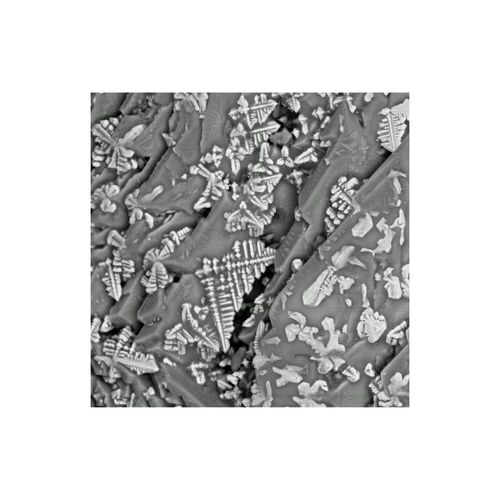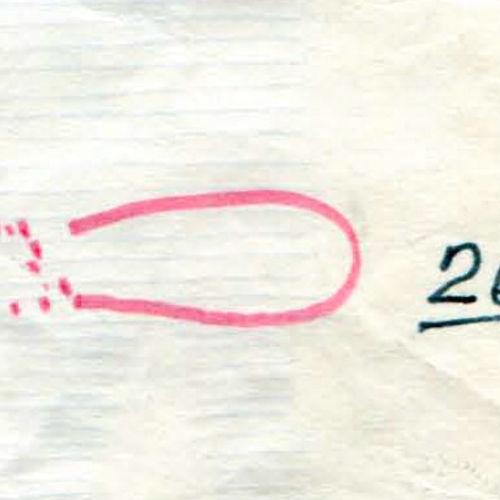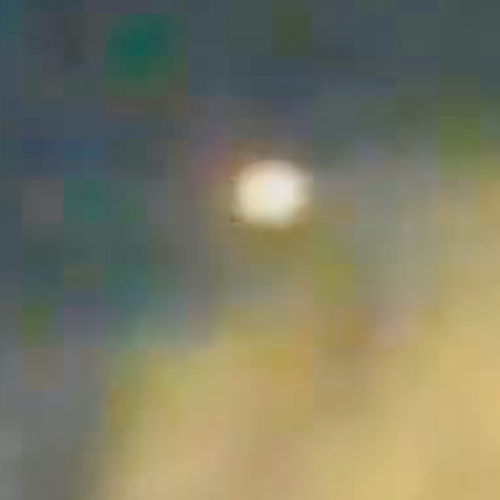| ID | #1716034401 |
| Added | Sat, 18/05/2024 |
| Author | July N. |
| Sources | |
| Phenomena | |
| Status | Hypothesis
|
Initial data
Meyer, M. Wilhelm (an essay by a doctor, former director of the Urania Society, Berlin) - "The Universe" - Astronomy in a generally accepted presentation 3 edition from a stereotype with illustrations, translated from German edited by Professor S.P. von Glazenap, St. Petersburg, Publishing House of the association "Enlightenment", 1903:
Schmidt in Athens managed to trace a large bolide through the comet finder. The phenomenon was observed on October 19, 1863, and lasted an unusually long time: namely, Schmidt could enjoy an amazing sight for 14 seconds.
While to the naked eye the meteor seemed to form one whole, with a radius equal to half of the lunar one, when viewed through a telescope it seemed that it was divided into 2 main cores of brilliant emerald green color, separated from each other by a fairly significant distance, and behind them stretched a mass of smaller similarly green nuclei which left a fiery red tail behind them (see the attached drawing). In this case, it was clearly said that even the most experienced observers usually overestimate the magnitude of such sudden phenomena.
In a telescope that does not provide such deception, each of the two main nuclei was at least 20 times smaller than the entire phenomenon when Schmidt observed it with just an eye.
Therefore, we can conclude from the drawing that the phenomenon seemed to be at least 5 times larger to the eye.
Hypotheses
Investigation
Resume
Similar facts
Log in or register to post comments





